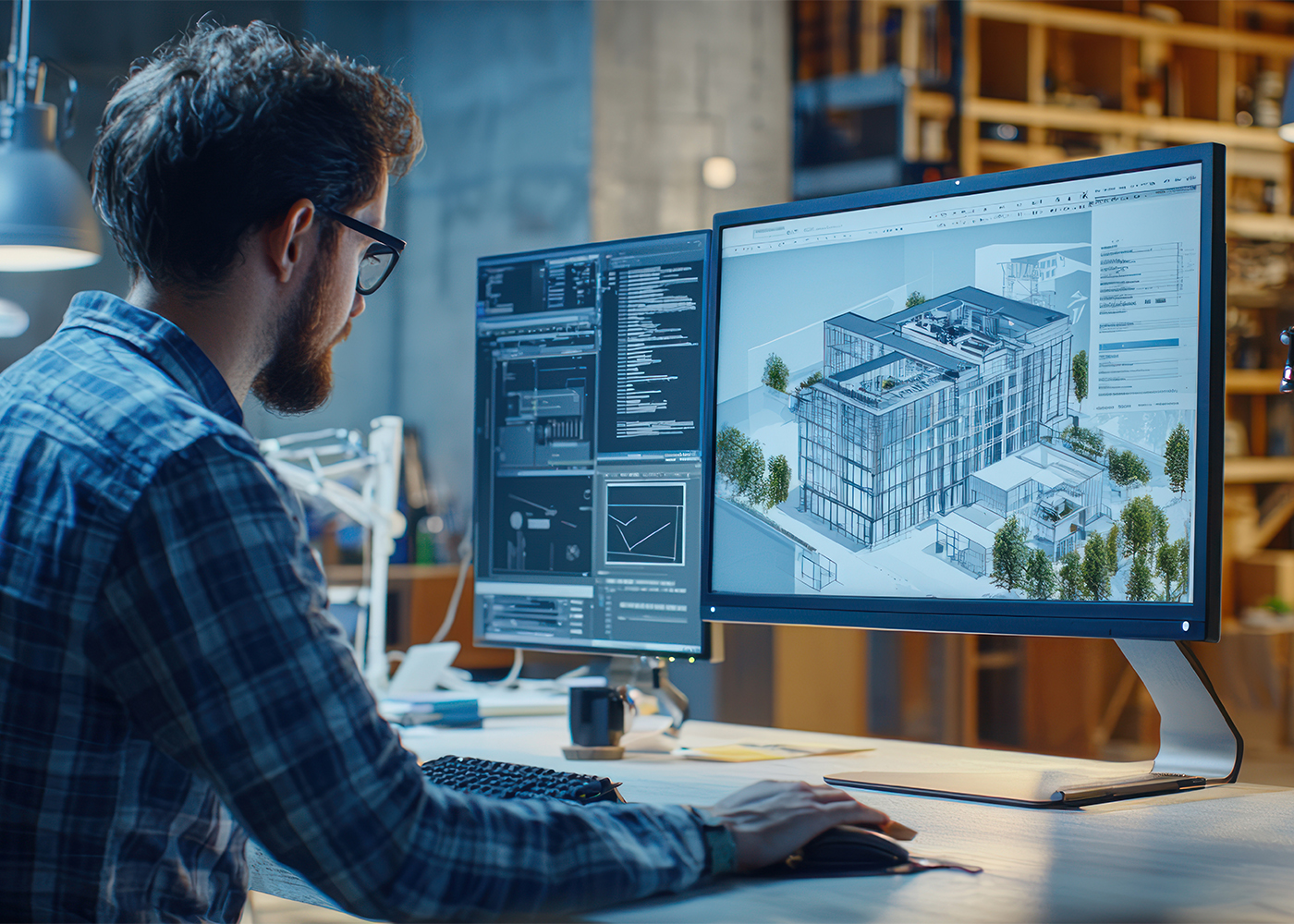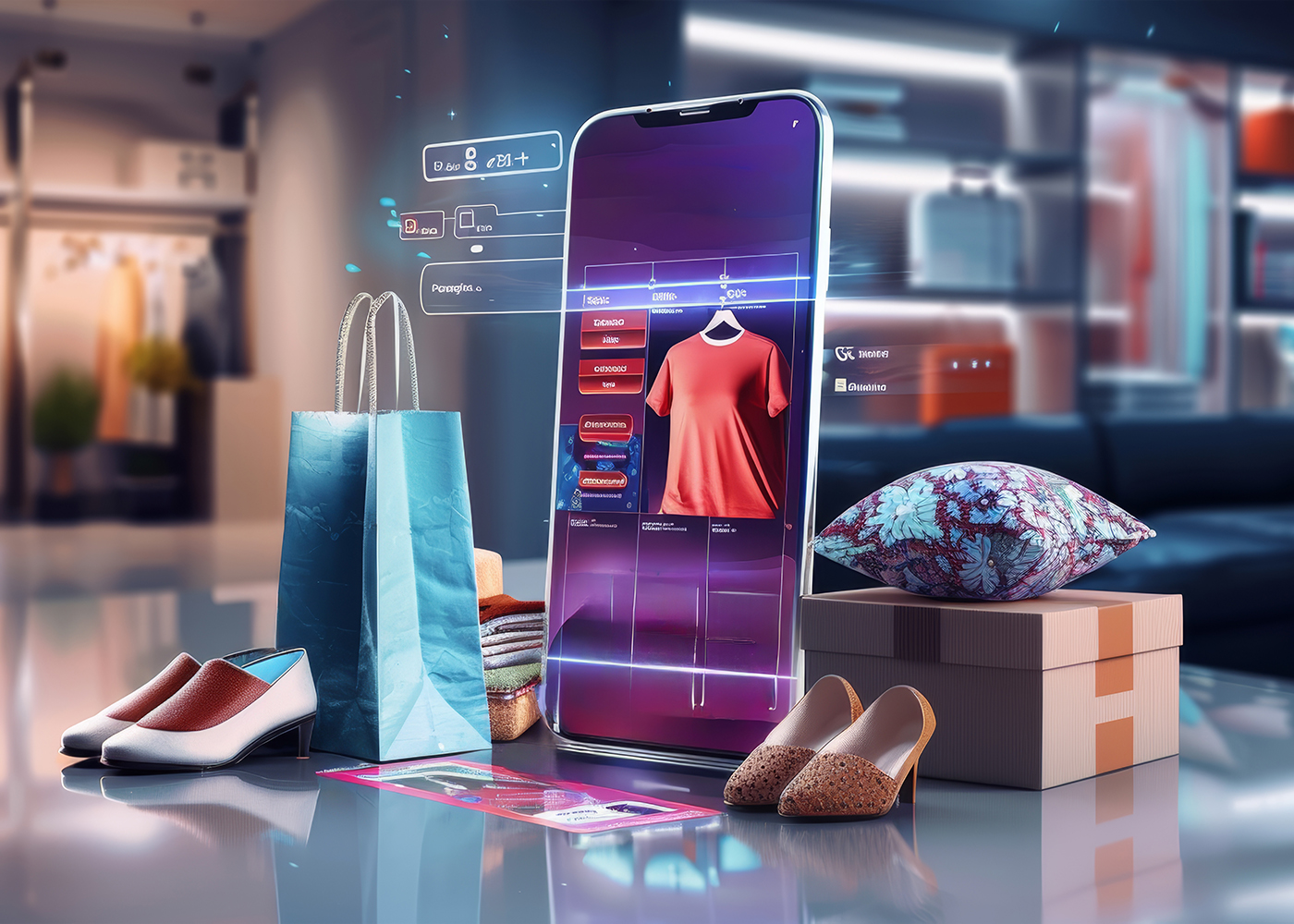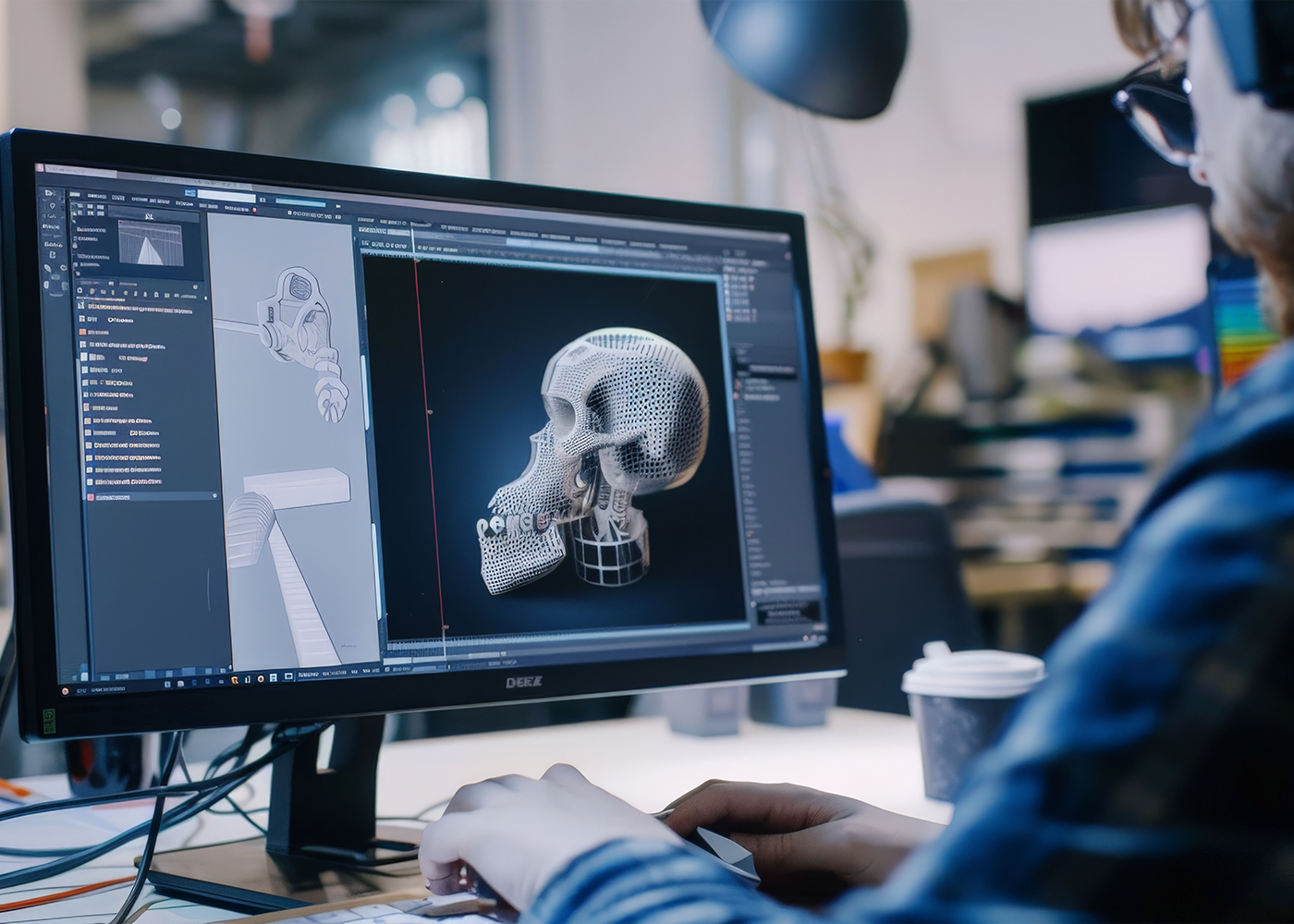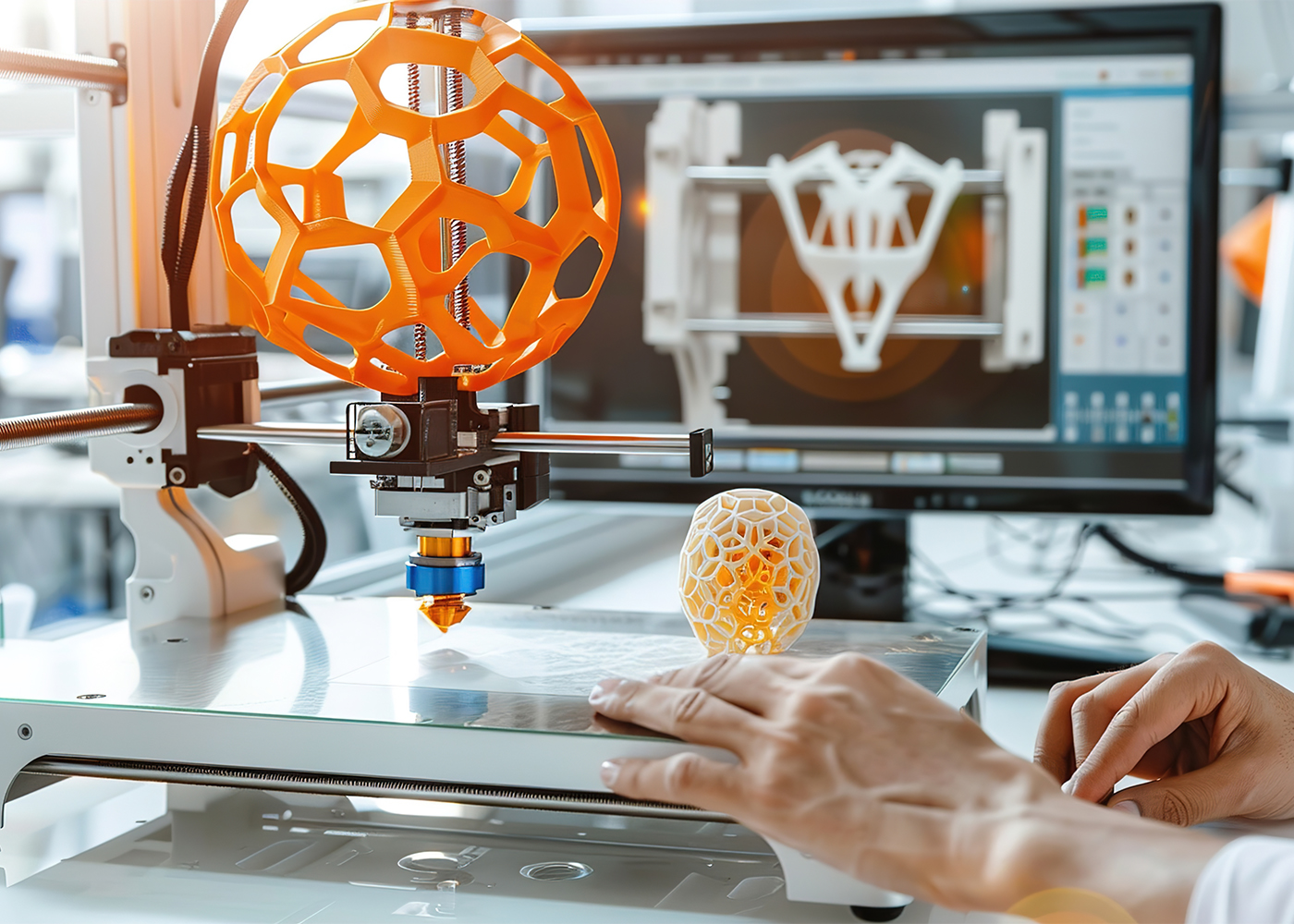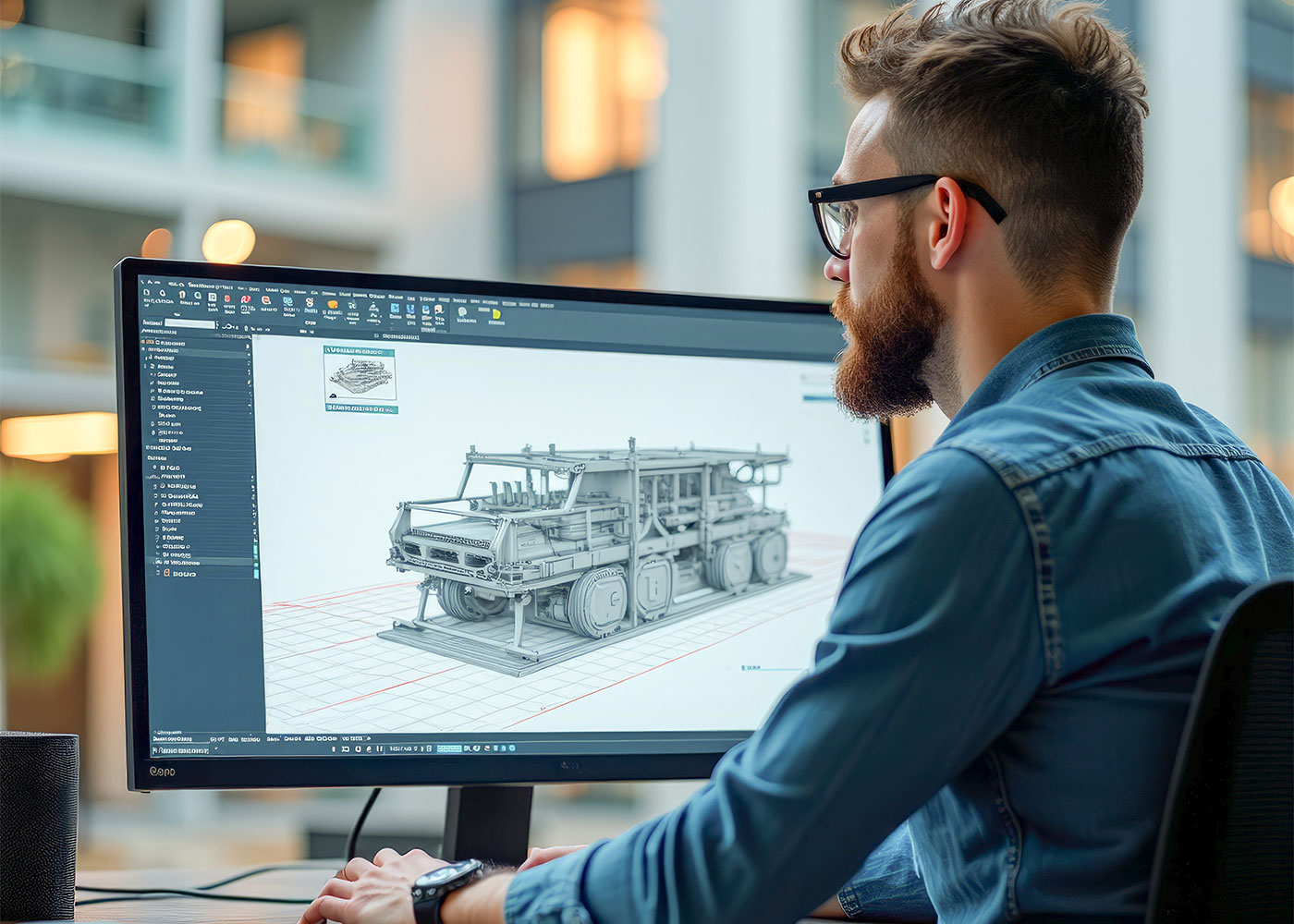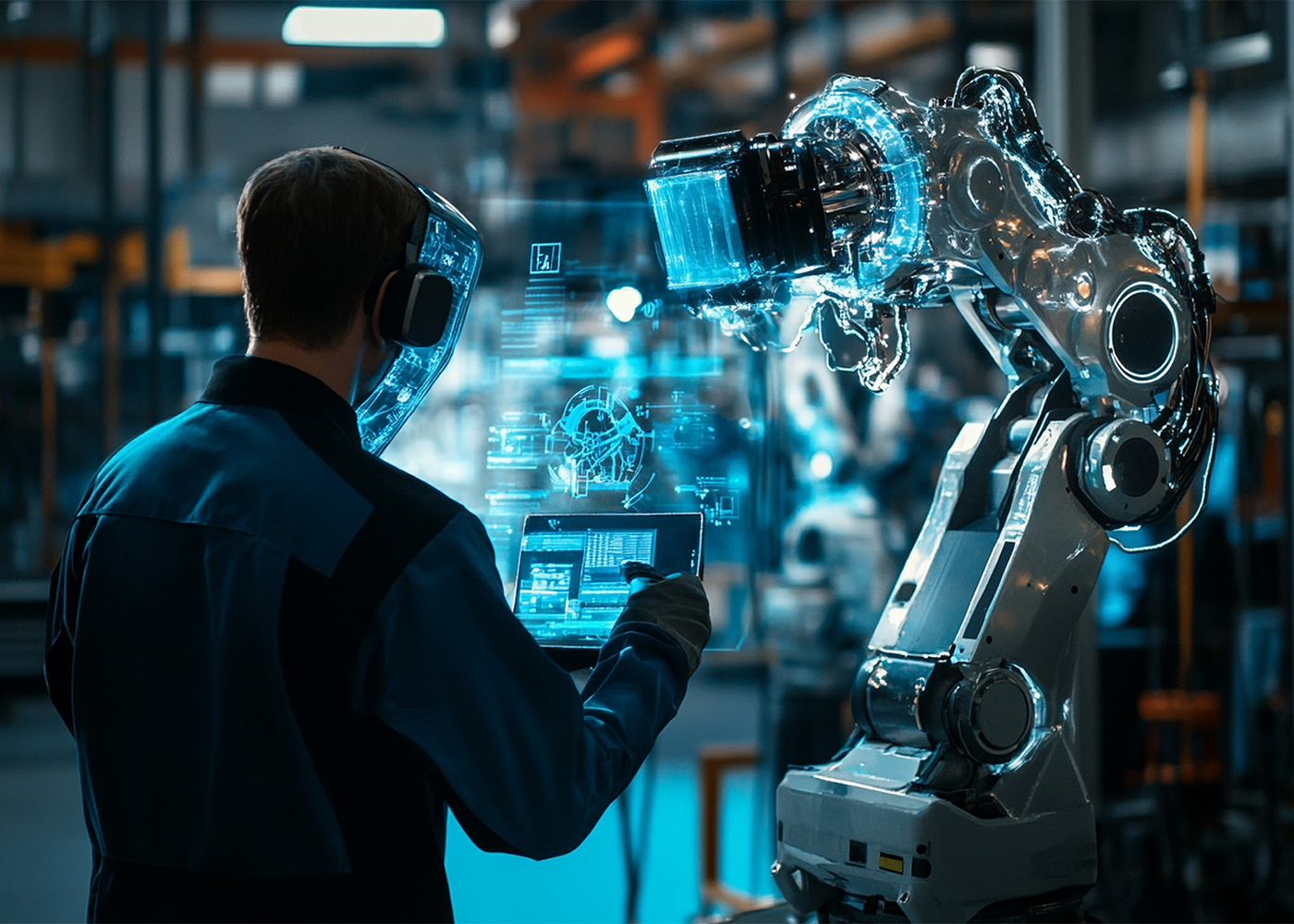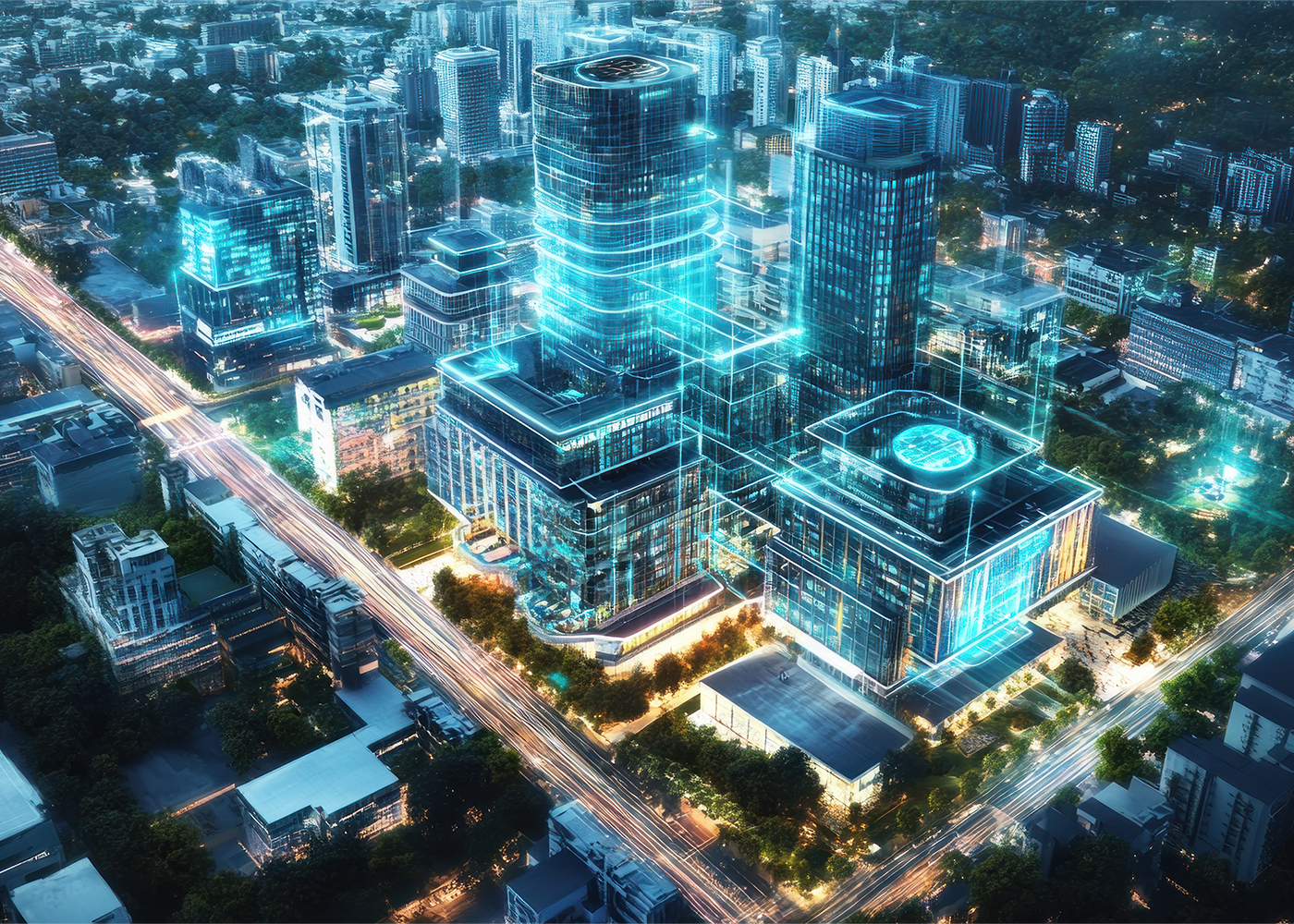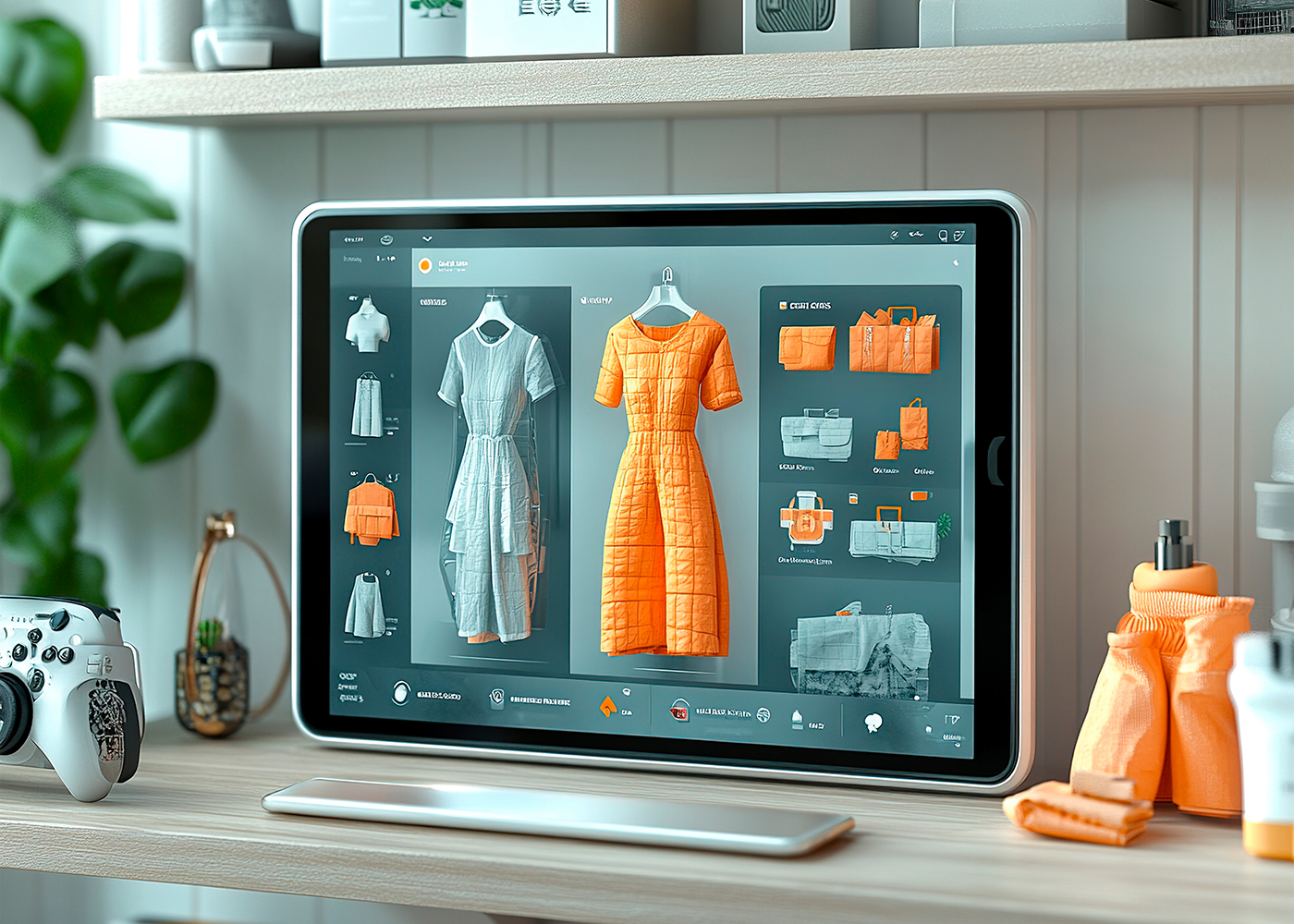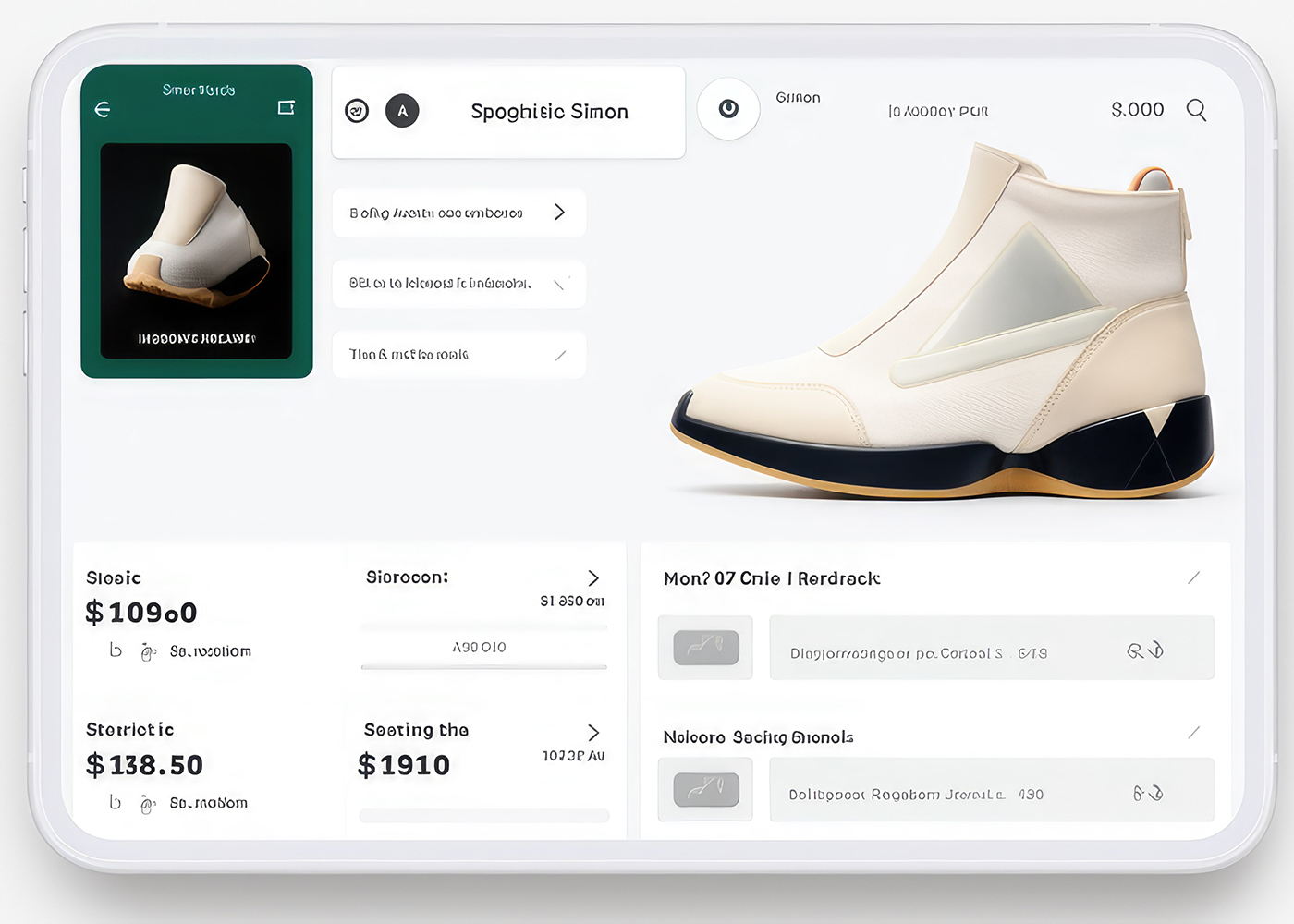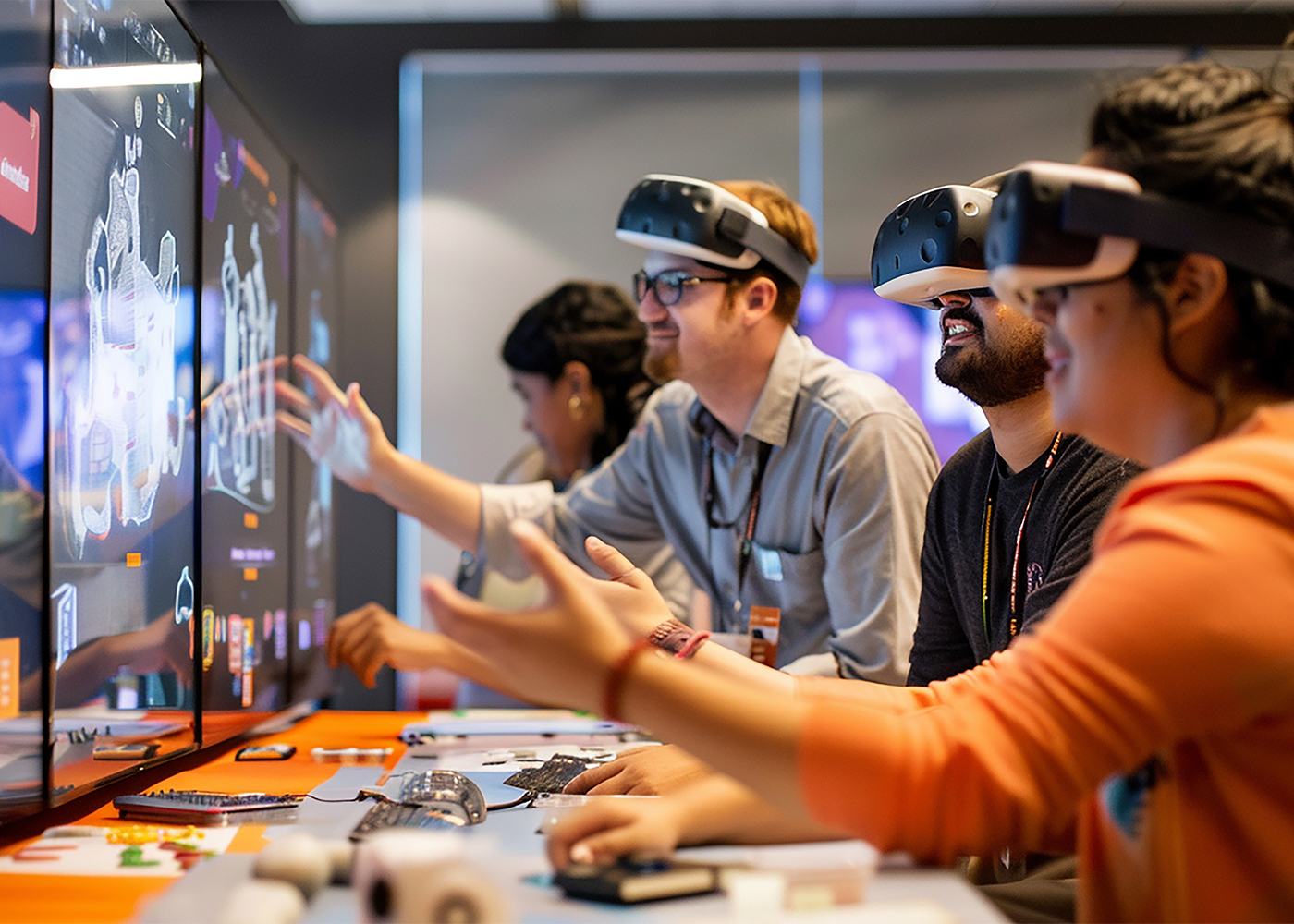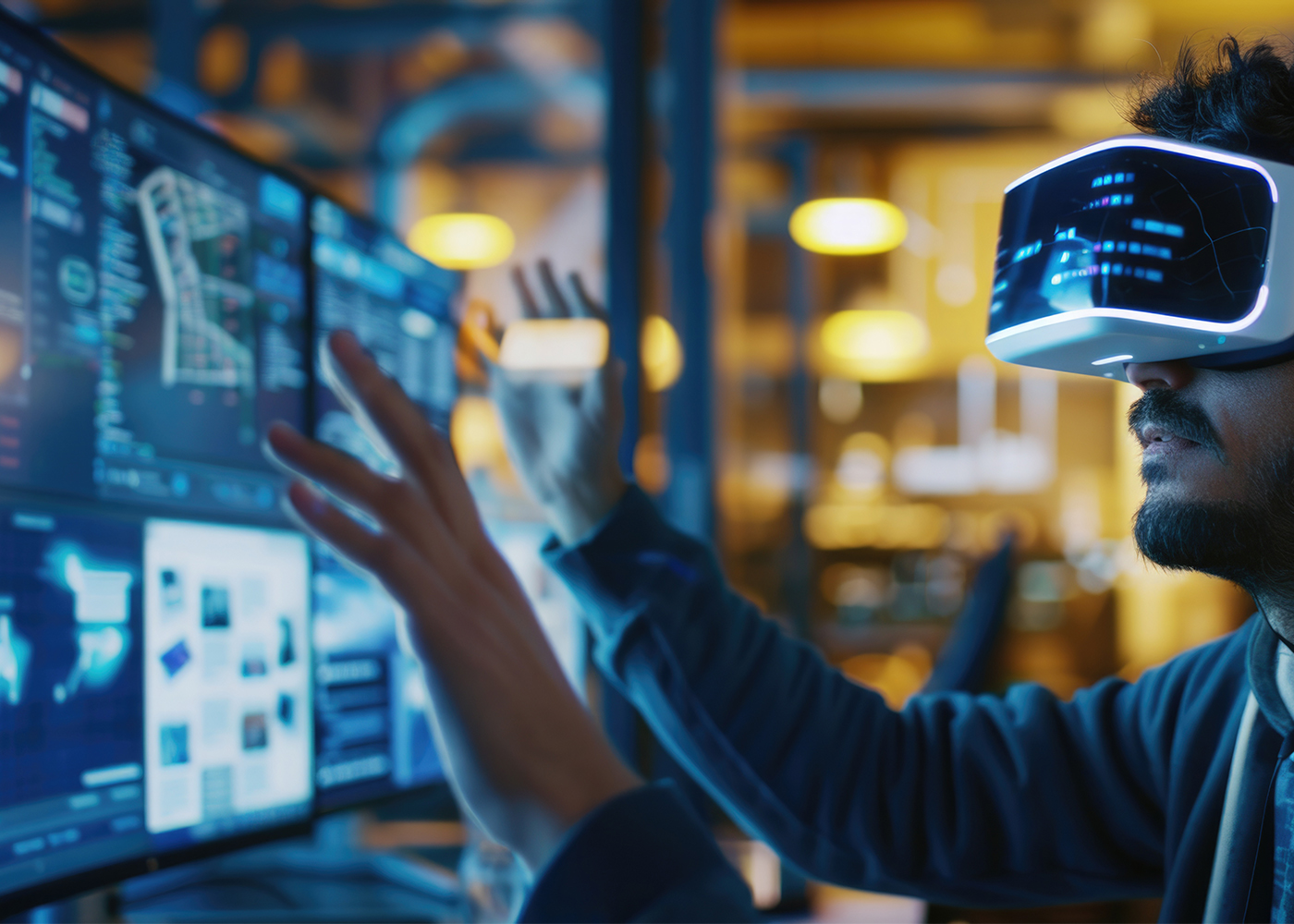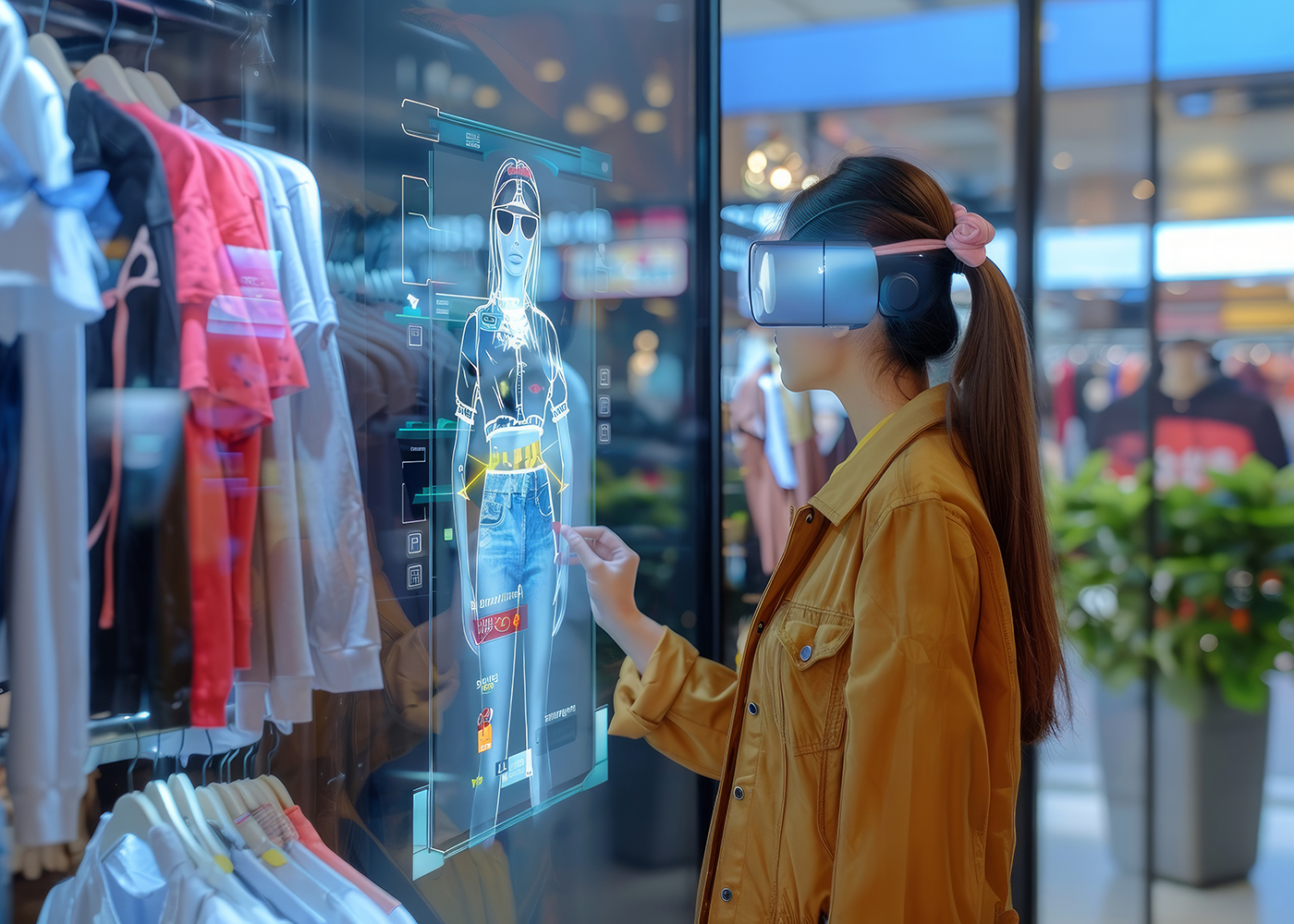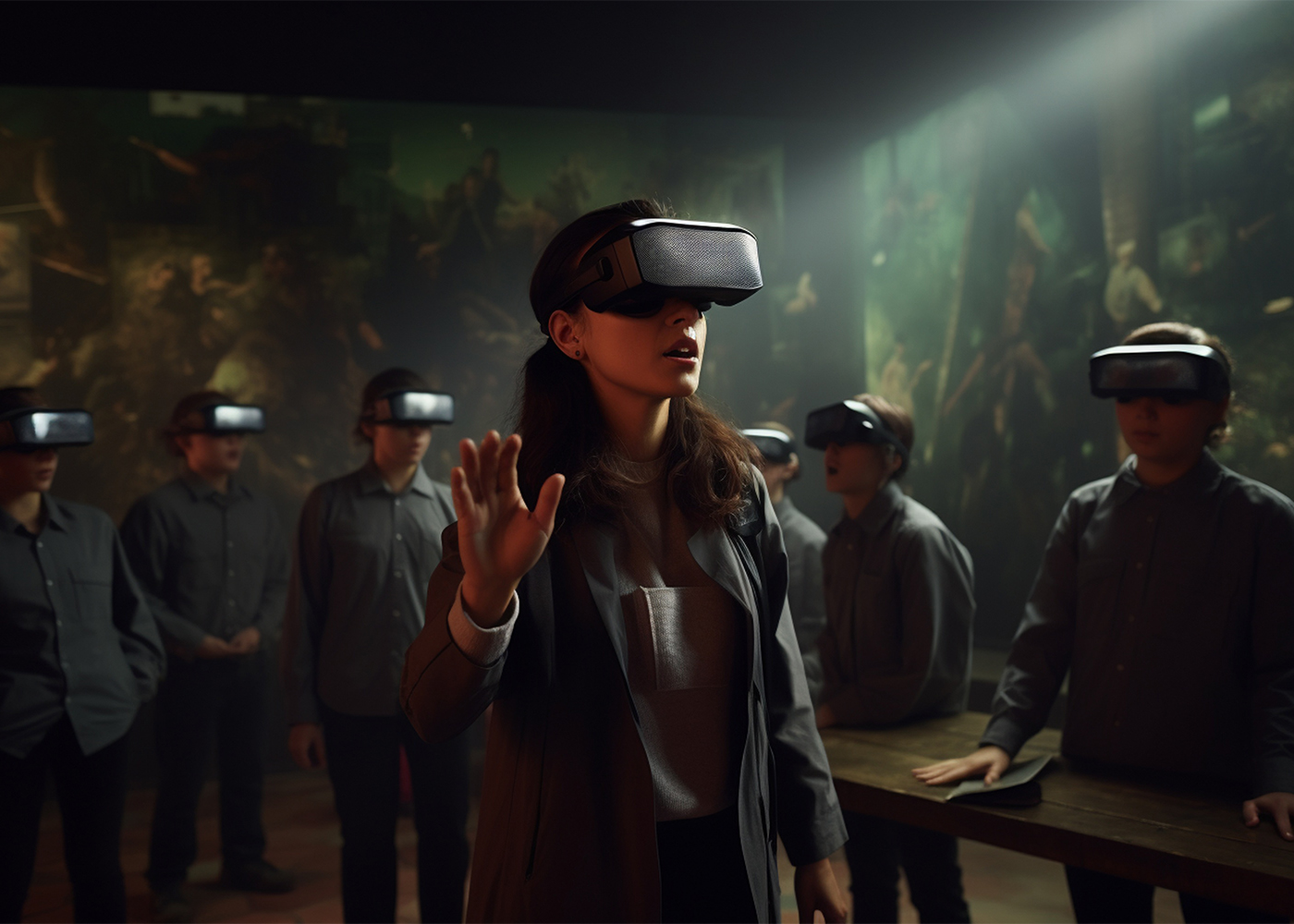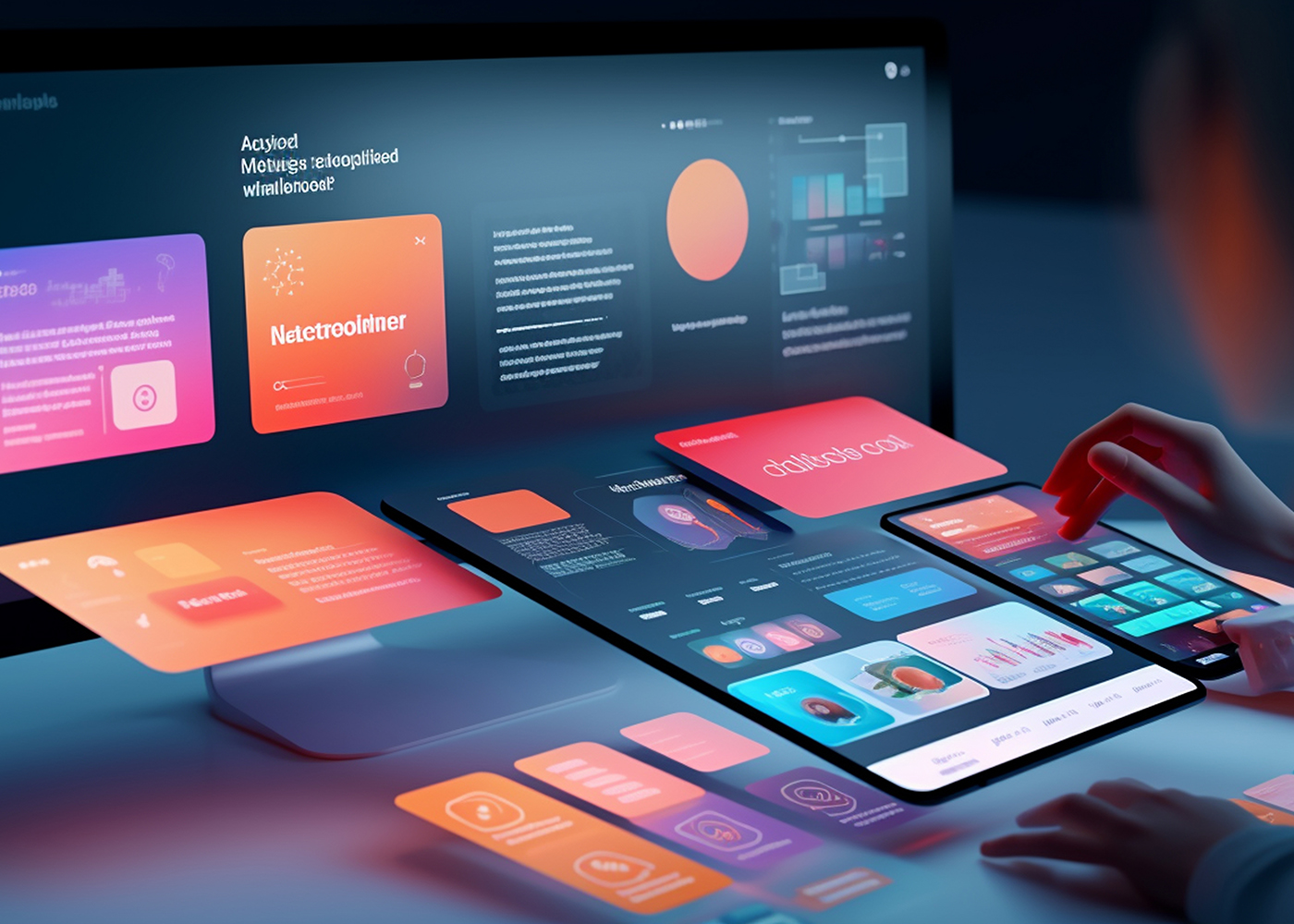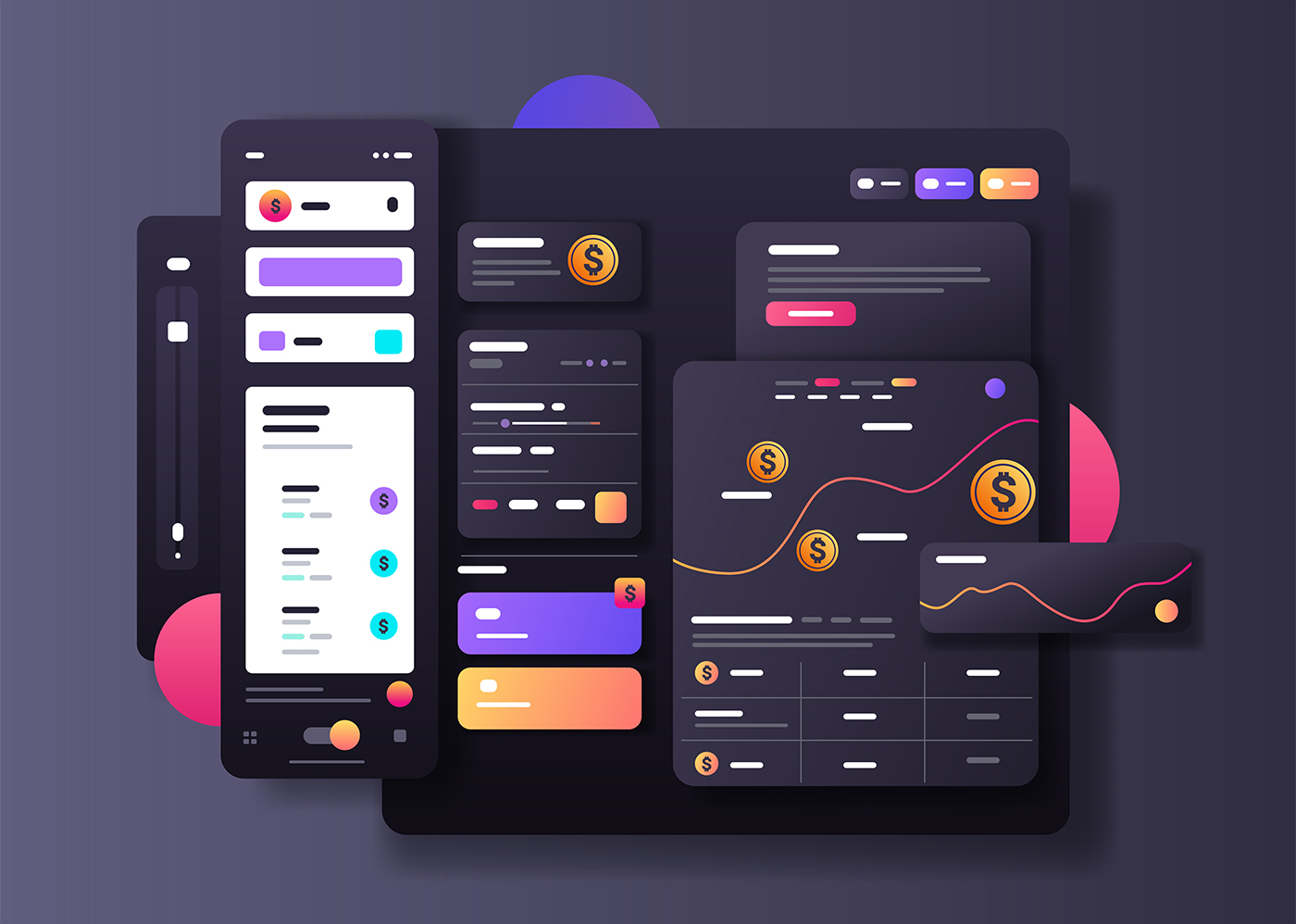Our expert team delivers scalable 3D product configurator and digital twin solutions tailored to your needs.
We empower you to visualize products in immersive detail, offering customers personalized experiences while providing valuable insights for optimizing your operations, enhancing efficiency, and driving innovation across your value chain.
3D Software Solutions
Our 3D Software Solutions services help businesses embrace innovation and modernize their operations. By integrating cutting-edge technologies such as cloud computing, automation, data analytics, and IoT, we enable companies to streamline processes, enhance operational efficiency, and gain actionable insights. Our tailored strategies ensure that every aspect of your business is optimized for the digital age, from customer engagement to internal workflows. Whether you're looking to improve your business processes or leverage new technologies, we provide the tools and expertise to drive your success in the digital era.
AI/ML
Looking to add intelligence to your existing line application or want to develop a new one? You are in the right place. Our AI-ML engineers will help you do that. We build AI-ML solutions that will save up to 30% cost on your business operations. We have the expertise to work with various tools, frameworks, and technologies such as TensorFlow, Apache SystemML, Caffe, Apache Mahout, OpenNN, Torch, Neuroph, and Mycroft AI. Our goal is to use these tools to bring business intelligence to various industries.
Digital Transformation
Our Customization & Integration provide state-of-the-art technology for industries looking to integrate 3D modeling, rendering, animation, and visualization into their workflow. Whether you're in architecture, manufacturing, entertainment, or healthcare, our solutions enable you to create highly detailed and accurate 3D models, simulations, and prototypes. We specialize in integrating VR and AR technologies for immersive experiences that enhance design and visualization processes. From concept to realization, we empower businesses to create, simulate, and innovate with advanced 3D tools tailored to their needs.
Web Development
Our web development services cover everything from building responsive, user-friendly front ends to robust backends. We specialize in creating fully customized websites and applications tailored to your business needs. Whether it's e-commerce platforms, content management systems, or complex web applications, we leverage the latest technologies to create fast, scalable, and secure solutions. Our team works closely with you to understand your goals and deliver a product that meets both functional and aesthetic requirements, ensuring a seamless experience for your users.
AR/VR
Explore the potential of AR and VR technologies to revolutionize your business processes, from product visualization to immersive training experiences. We specialize in creating tailored solutions that offer innovative and interactive ways to engage customers and improve operational efficiency.
UI/UX Consultancy
Our UI/UX consultancy services focus on creating intuitive and visually appealing designs that enhance user experience and engagement. From wireframing to prototyping, we work with you to shape a seamless digital experience that aligns with your brand vision. Whether it’s redesigning an existing product or designing new ones, we ensure that every design is user-centered and optimized for usability. We also specialize in integrating AR/VR capabilities to take user interaction to the next level and perform comprehensive design audits to ensure optimal functionality.
Transform Your Product Experience with 3D Configurators & Digital Twins
Empower your customers with interactive 3D configurators and cutting-edge digital twin solutions for enhanced decision-making.

100% NDA-protected contract
100% resource substitution*
Flexible hiring models
On time delivery
Rating -
Rating -
Rating -
JSS -





What Our Clients Say
Testimonials

1000+ Projects delivered that transform industries with visual commerce and digital twins
50+
Our team size.
4.5
200+ reviews
Hexa's React integration makes adding 3D elements a breeze. It's flexible, customizable, and hassle-free.

Meiling Zhang
Co-Founder, CEO
HexaCoder's team is amazing! Their professionalism, dedication, and collaboration have transformed my approach to projects.

Michael Bennett
Founder, CFO
Professional MVP project by Dipen, Harshil, and team. High-quality work, dedicated team. Highly recommend for 3D, programming, and Three.js projects.

Harish Patel
Co-Founder, CTO
